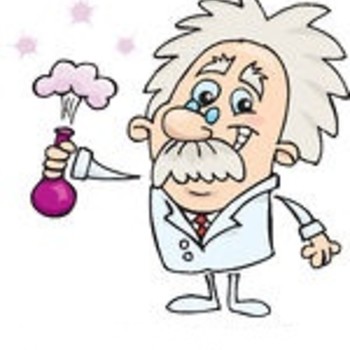Question #26dfc
2 Answers
Explanation:
We use the buffer equation where,
But we were quoted
Since in water,
Excellent job. I just want to add that the same conclusion can be drawn using the pOH version of the Henderson - Hasselbalch Equation. pOH = pKb +
Explanation:
Using:
pOH = pKb +
Conj Acid =>
Wk Base =>
2.8 = 3.36 +
=>
=>


